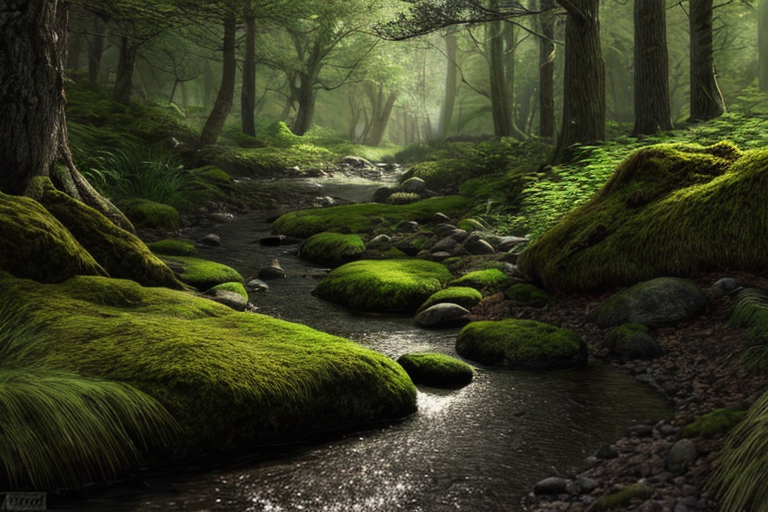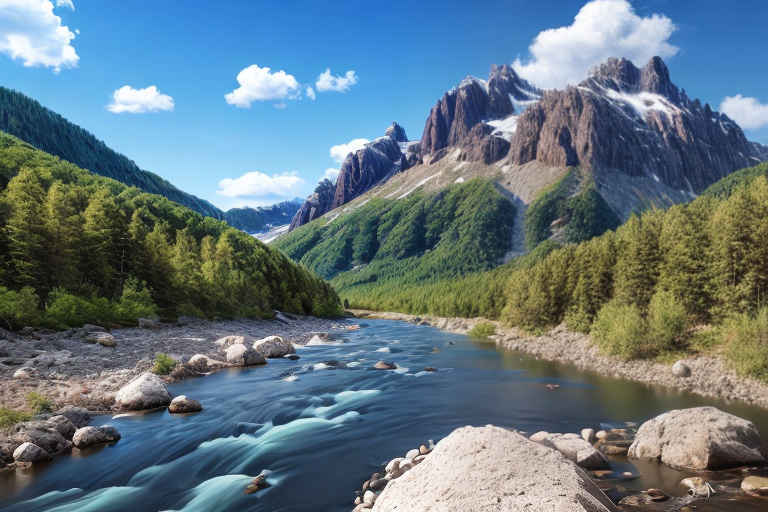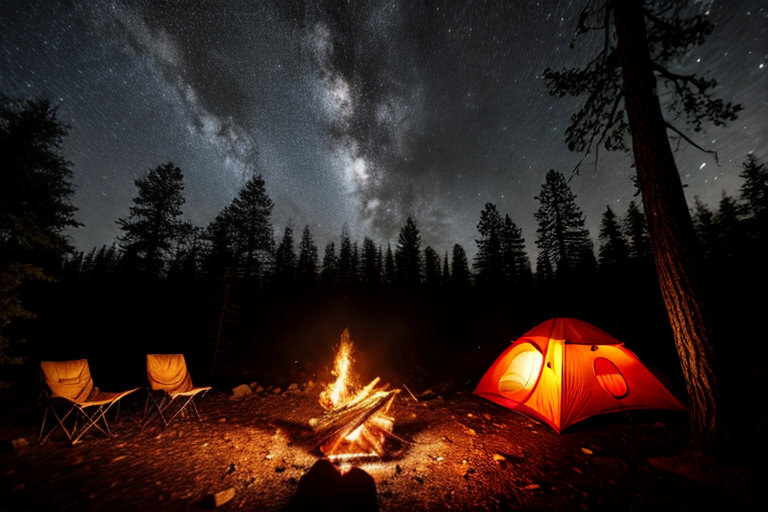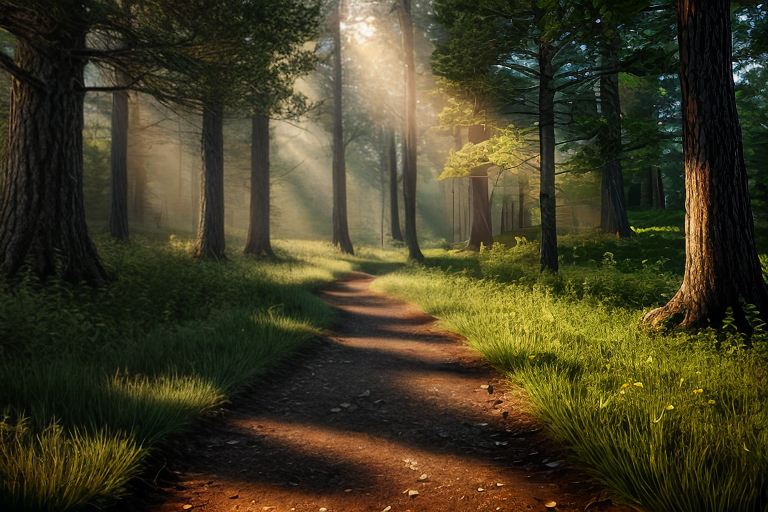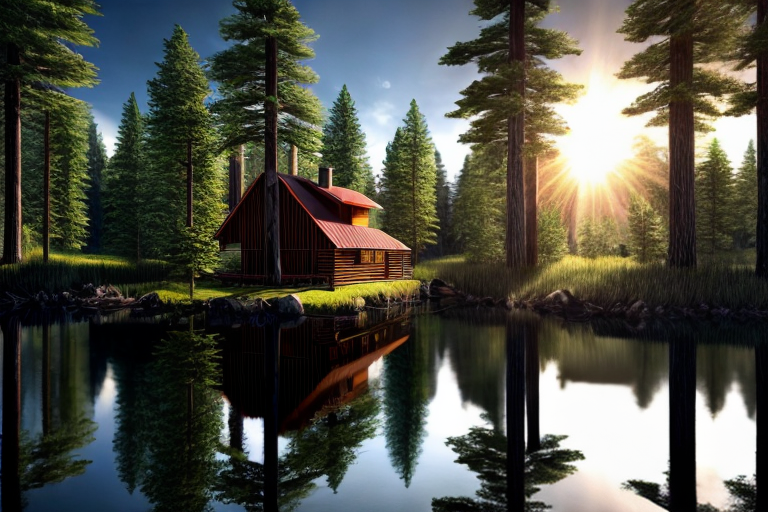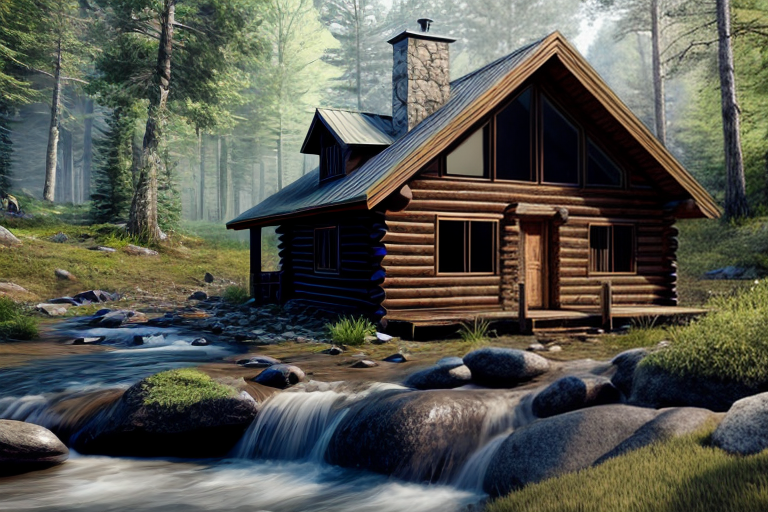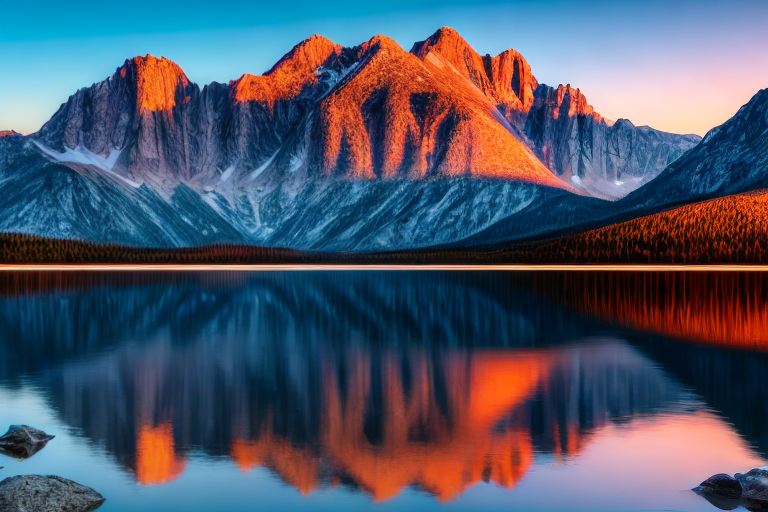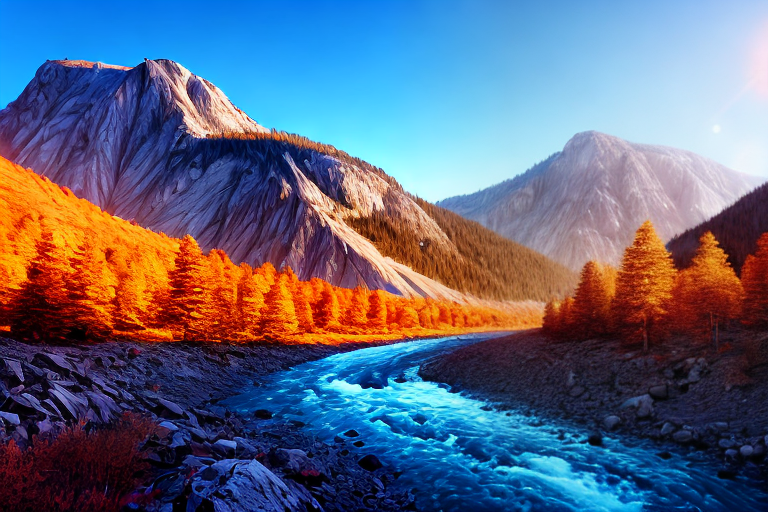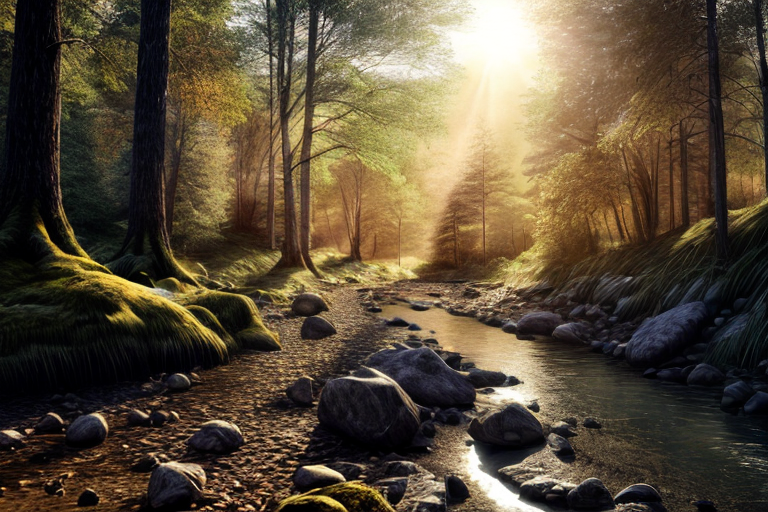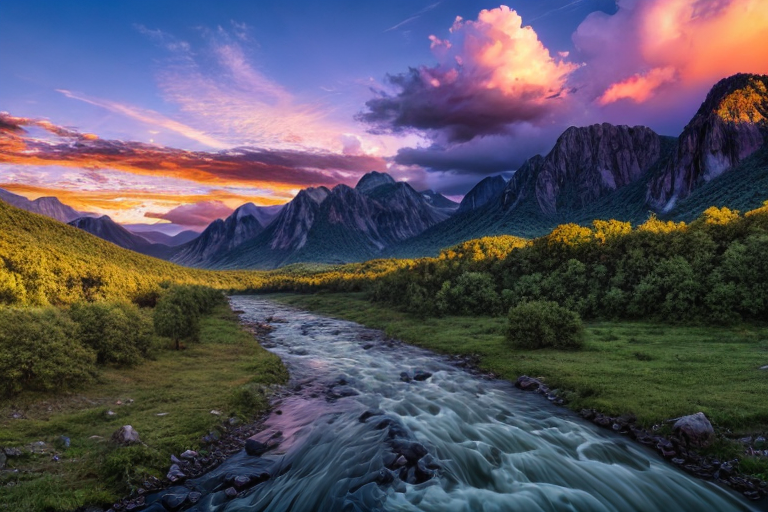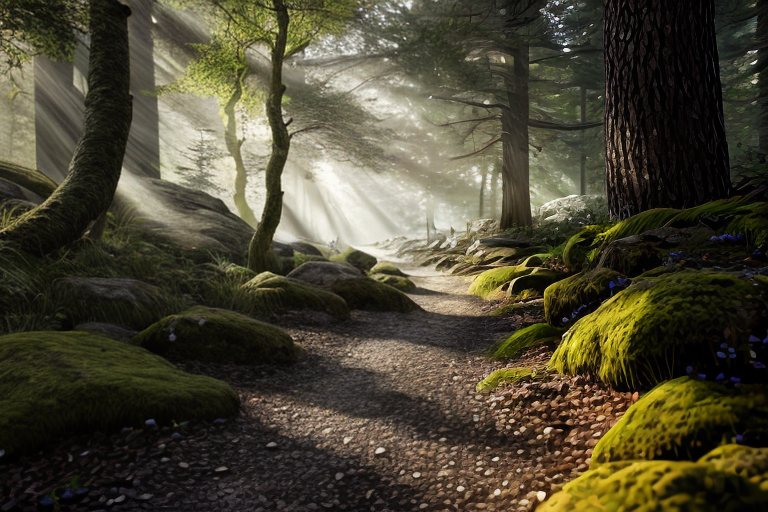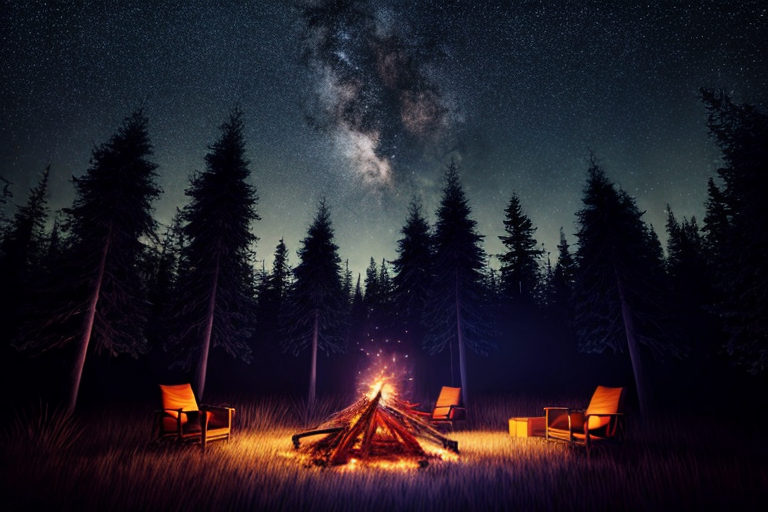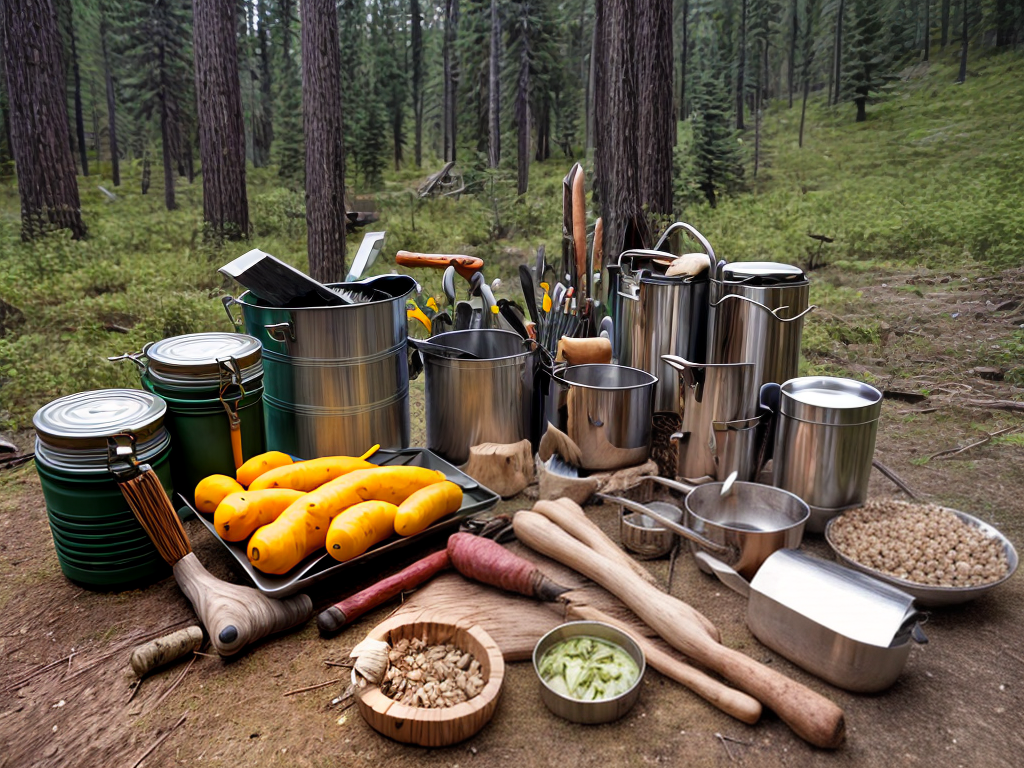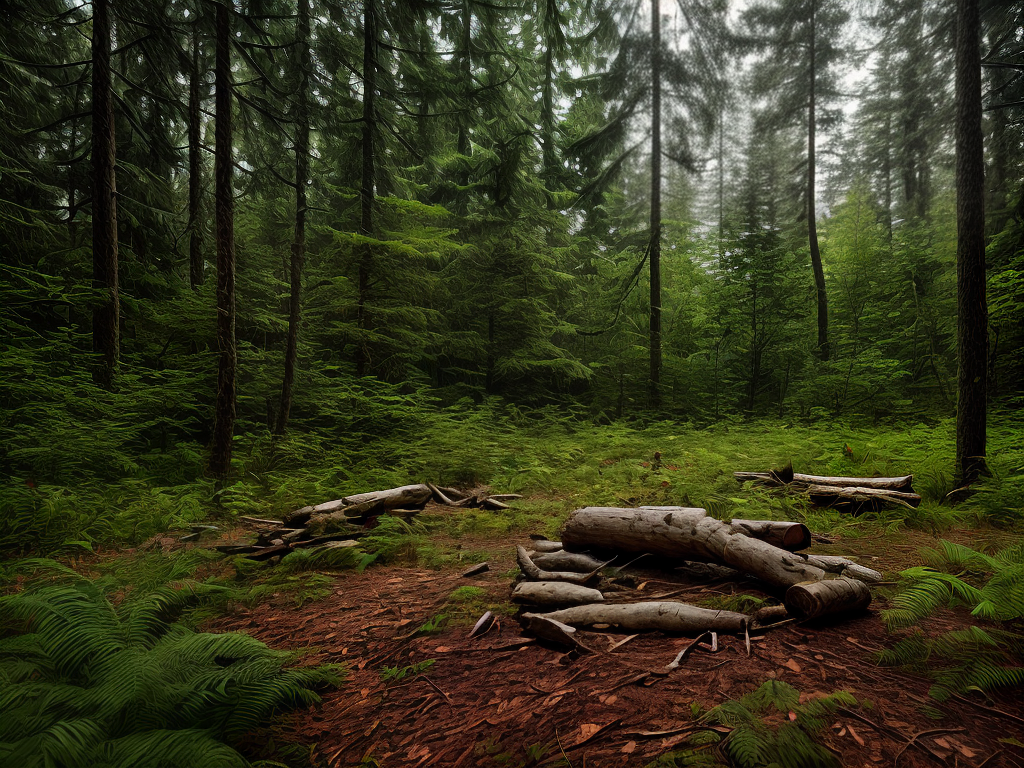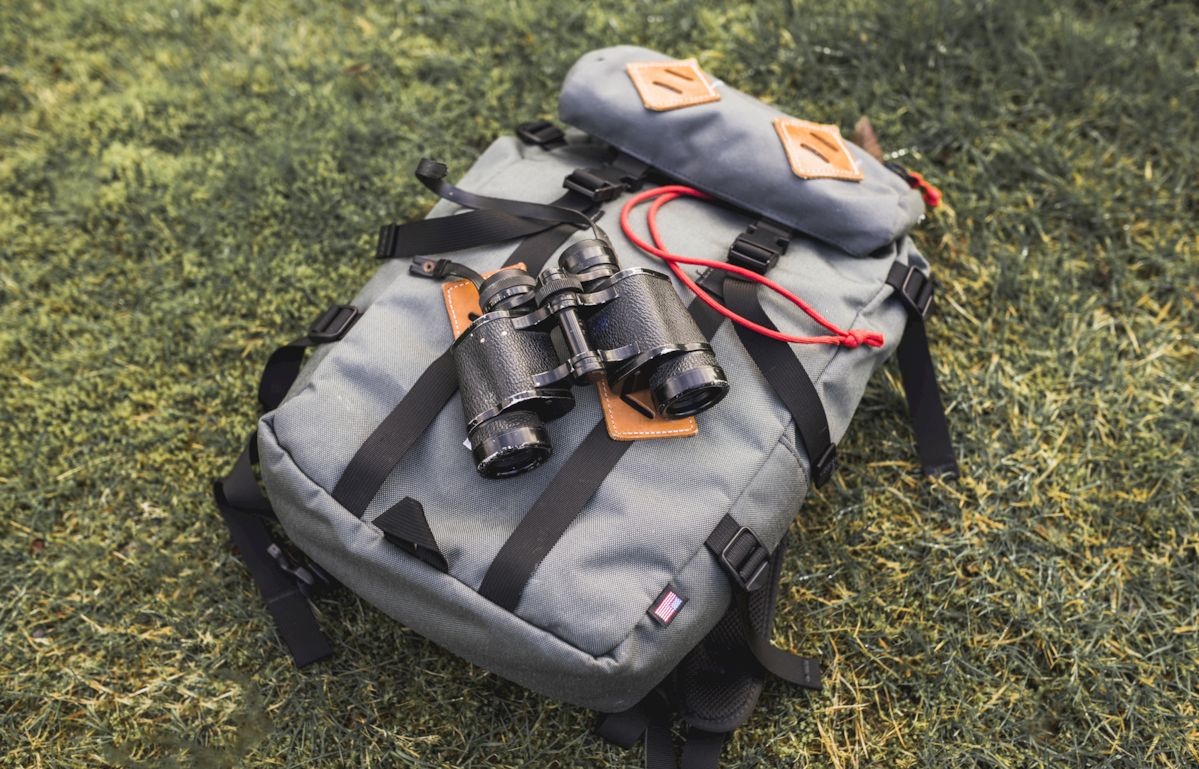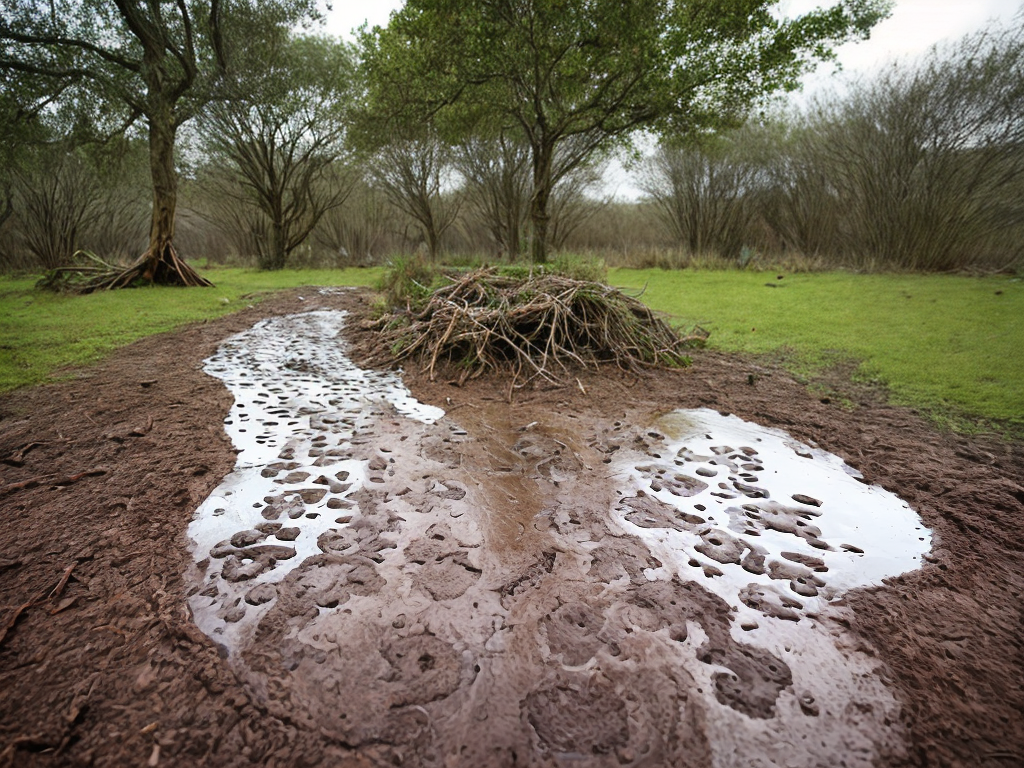
Starting a fire in wet conditions can be a real challenge. The moisture in the air or on the wood can make it difficult for the fire to take hold and stay lit.
But fear not, there are techniques you can use to overcome these obstacles and successfully ignite a fire even in the rain or with wet wood.
One method is to gather dry kindling and tinder, like twigs or dry grass, and create a small platform to keep them off the damp ground.
Building a fire in wet conditions requires patience and perseverance, as you may need to dry out your fuel before it can catch fire.
To increase your chances of success, consider using a fire starter such as newspaper or fire starter sticks.
These fire starting aids can provide an extra boost of heat to get your fire going. Using a fire starting tool like a lighter or matches can help you light the fire more easily.
Remember, safety should always be your top priority when lighting a fire in wet conditions.control and begins to spread uncontrollably.
It is crucial to prioritize safety and be prepared for any potential emergencies that may arise.
Click here to learn more about survival skills, emergency preparedness, and outdoor gear
Preparing for a Wet Fire A Comprehensive Guide
One important aspect of starting a fire in wet conditions is the choice of fuel. Wet wood can be a major hindrance, as it does not burn easily.
Instead, opt for dry or seasoned wood, which will ignite more readily.
If you’re unable to find dry wood, you can also try using fire starter sticks or newspaper, both of which can provide the necessary heat to ignite the fire.
Remember to have a good supply of kindling and tinder on hand to help get the fire going. By lighting a fire in wet conditions with the right materials and techniques, you’ll be able to enjoy a warm and cozy fire even when the weather is less than ideal.

Understanding the Challenges Starting Fires in Wet Conditions
Starting a fire in wet conditions can be a daunting task, but with the right techniques and materials, it is definitely achievable. One crucial factor to consider is the choice of fuel.
Wet wood can be incredibly challenging to ignite, so it’s best to opt for dry or seasoned wood instead.
This wood ignites more readily, ensuring a successful fire-starting experience.
If dry wood is not available, fire starter sticks or newspaper can serve as effective alternatives. These can provide the necessary heat to ignite the fire, even in damp conditions.
Remember to have a good supply of kindling and tinder on hand to help get the fire going smoothly. By lighting a fire in wet conditions using the right materials and techniques, you can still enjoy the warmth and coziness of a crackling fire, regardless of the weather.
| Aspect of starting a fire in wet conditions | Supporting Data |
|---|---|
| Choice of fuel | Wet wood does not burn easily |
| Alternative fuel options | Fire starter sticks and newspaper can provide necessary heat |
| Importance of dry or seasoned wood | Dry or seasoned wood ignites more readily |
| Need for kindling and tinder | Having a good supply of kindling and tinder helps get the fire going |
Essential Techniques for Fire Starting in Rainy Weather
Starting a fire in wet weather can be a challenging task, but it’s not impossible. One technique that can help is to create a fire pit.
By building a pit, you can protect the fire from rain and dampness, allowing it to burn more easily.
Another important technique is to gather dry materials for the fire.
Look for dry leaves, twigs, or even pinecones that can serve as kindling. These materials will ignite more quickly and help get the fire going.
Additionally, use a fire starter to provide an extra boost of heat. This can be a fire starter stick, a fire starter cube, or even a small amount of accelerant like lighter fluid.
By using these essential techniques and the right materials, you can successfully start a fire in wet conditions.
The Art of Fire Starting with Wet Wood
Starting a fire with wet wood can be a frustrating experience, but with the right techniques, it is possible to ignite a flame even in damp conditions. One effective method is to create a small shelter for your fire.
This can be as simple as using rocks to build a barrier or finding a tree with low-hanging branches to provide some protection from the rain.
Another crucial step is to gather dry kindling before attempting to start the fire.
Look for small sticks, dry leaves, or even birch bark, as these materials are more likely to catch fire quickly. They act as the fuel to get your fire going.
Lastly, be patient and persistent. Wet wood requires more time and effort to ignite, so don’t get discouraged if it takes a few tries.
With practice and the right techniques, you can master the art of fire starting with wet wood.
Supporting Techniques for Starting a Fire in Wet Weather
- Create a fire pit to protect the fire from rain and dampness
- Gather dry materials such as leaves, twigs, or pinecones to serve as kindling
- Use a fire starter stick, cube, or accelerant like lighter fluid for an extra boost of heat
Overcoming Dampness Igniting Fires in Damp Conditions
In order to successfully start a fire in wet conditions, it is important to have the right tools and techniques. One effective method is to create a small shelter for your fire, using rocks or low-hanging branches to provide protection from the rain.
This will help keep your firewood dry and increase the chances of ignition.
Gathering dry kindling is crucial.
Look for small sticks, dry leaves, or birch bark, as these materials are more likely to catch fire quickly. Patience and persistence are also key when starting a fire with wet wood.
It may take a few tries, but with practice and the right techniques, you can overcome dampness and ignite a fire in wet conditions.
Lighting up in Wet Weather Strategies for Success
To successfully light a fire in wet weather, it is important to adapt your techniques and be prepared. Start by building a small shelter using branches or rocks to protect your fire from the rain.
This will keep your firewood dry and increase the chances of ignition.
Gather dry kindling such as small sticks, dry leaves, or birch bark, as these materials are more likely to catch fire quickly.
Remember, patience and persistence are key when dealing with wet wood. It may take multiple attempts, but with the right techniques, you can ignite a fire in damp conditions.
Stay determined and don’t let the wet weather dampen your spirits.
Starting a Fire in Wet Conditions
- Creating a small shelter using rocks or low-hanging branches can protect the fire from rain and keep the firewood dry.
- Gathering dry kindling such as small sticks, dry leaves, or birch bark increases the chances of quickly igniting a fire.
- Patience and persistence are key when starting a fire with wet wood, as it may take a few tries to successfully ignite the fire.
- With practice and the right techniques, it is possible to overcome dampness and ignite a fire in wet conditions.
Exploring Effective Methods to Ignite a Fire in the Rain
When it comes to starting a fire in wet conditions, it’s important to think outside the box. Instead of relying solely on traditional methods, consider alternative techniques that can help you ignite a fire with wet wood.
One effective method is to use a fire starter, such as a fire starting gel, which is designed to ignite even in damp conditions.
Another option is to use a fire piston, a device that compresses air to create heat and spark an ember.
These innovative tools can be a game-changer when it comes to starting a fire in the rain. So don’t let the wet weather dampen your spirits, get creative and find the right tools to ignite your fire in wet conditions.
Building a Fire in Wet Conditions Key Considerations
One important consideration when building a fire in wet conditions is to find the driest possible location. Look for areas that are sheltered from rain or snow, such as under a tree or rock overhang.
Gather materials that will burn easily, like dry leaves or small twigs, to help get the fire started.
If you’re struggling to find dry wood, consider using a fire starting gel or a fire piston to ignite the fire.
These tools are designed to work in damp conditions and can give you a much-needed boost in starting your fire. Remember, with the right techniques and tools, you can still enjoy a warm and cozy fire even in wet weather.
Mastering the Skill Creating Fire with Wet Wood
Another helpful tip for starting a fire in wet conditions is to gather larger pieces of wood that are elevated off the ground. This will prevent them from absorbing moisture from the wet ground.
Using a small ax or hatchet to split the wet wood can expose the drier inner layers, making it easier to ignite.
If you’re still struggling to get your fire going, consider using a fire starting cube or a fire starter stick.
These compact, waterproof tools can provide a reliable source of ignition even in the dampest of conditions.
Remember, practice and preparation are key to mastering the skill of creating fire with wet wood.
With persistence and the right tools, you’ll be able to enjoy a crackling fire no matter the weather conditions.
MustHave Tools for Fire Starting in Damp Conditions
One essential tool for igniting a fire in wet conditions is a waterproof firestarter. These handy devices are designed to withstand moisture and provide a reliable source of ignition.
Whether it’s a fire starting cube or a fire starter stick, these compact tools can make all the difference when it comes to starting a fire in damp conditions.
Having a reliable fire starting kit is crucial.
This kit should include items such as waterproof matches, a fire striker, and a small container of dry tinder.
These tools will help you overcome the challenges of starting a fire with wet wood or in wet weather.
Remember, when it comes to fire starting in damp conditions, having the right tools can greatly increase your chances of success. So be prepared and ensure you have these must-have tools in your arsenal.
| Tips for Starting a Fire in Wet Conditions |
|---|
| Tip 1: Gather larger pieces of wood that are elevated off the ground |
| Tip 2: Split the wet wood to expose the drier inner layers |
| Tip 3: Use a fire starting cube or a fire starter stick |
| Tip 4: Practice and preparation are key to mastering the skill |
How to Forage for Food in the Wild: A Beginner’s Guide
How to Build a Shelter with Minimal Tools



